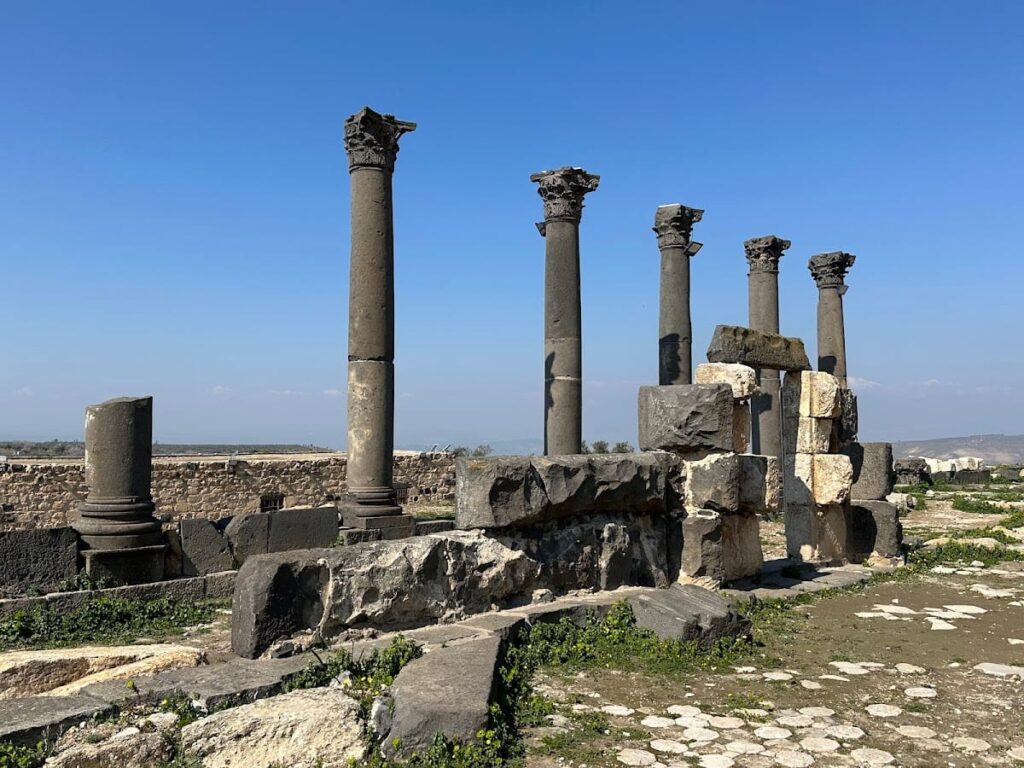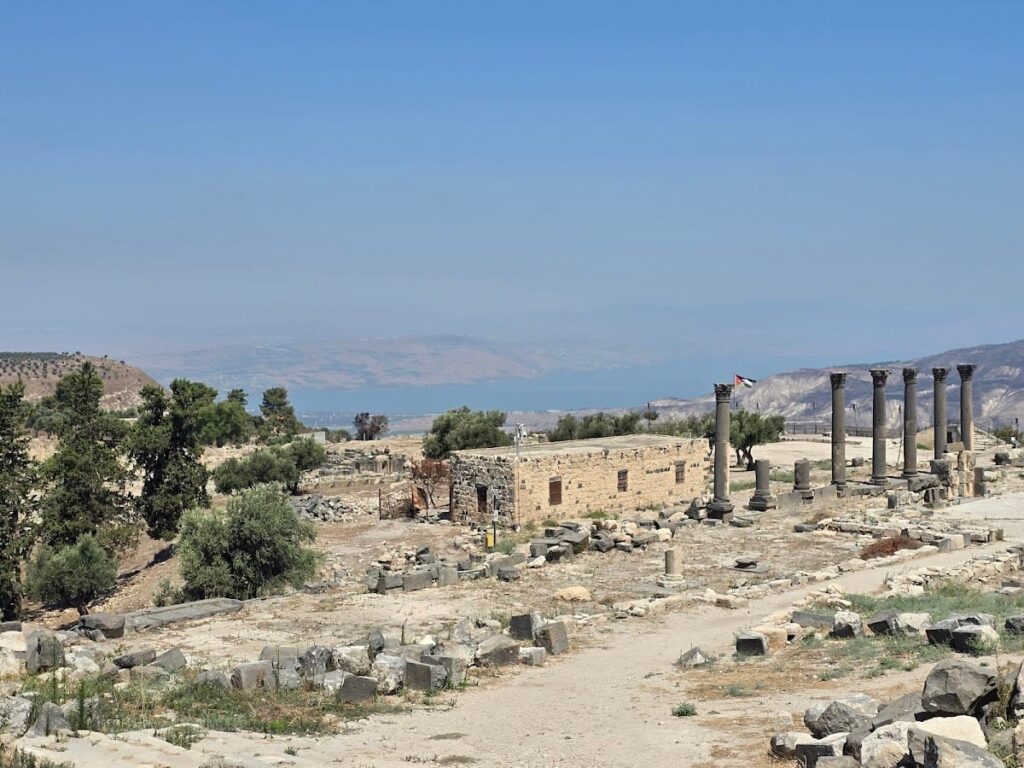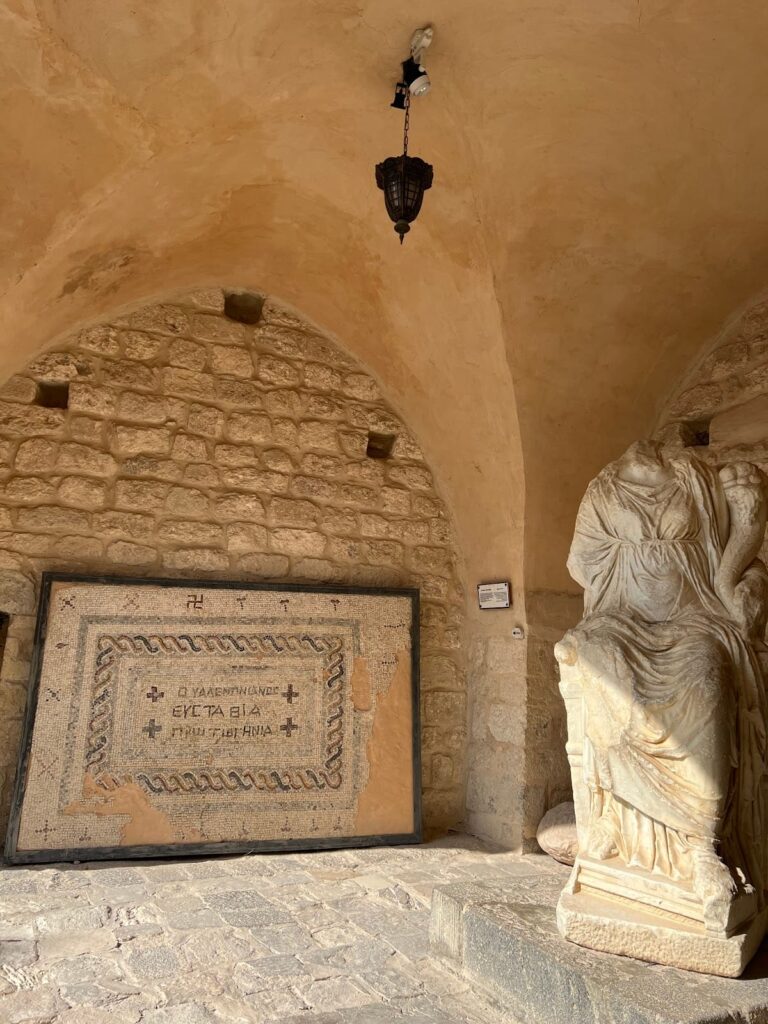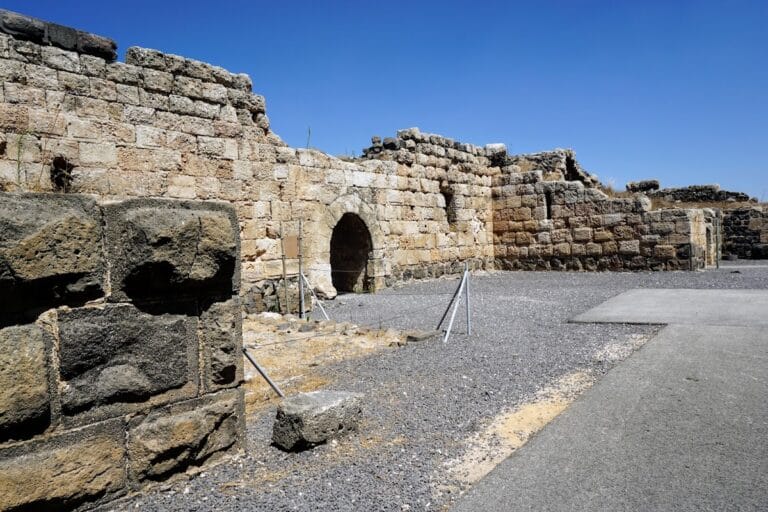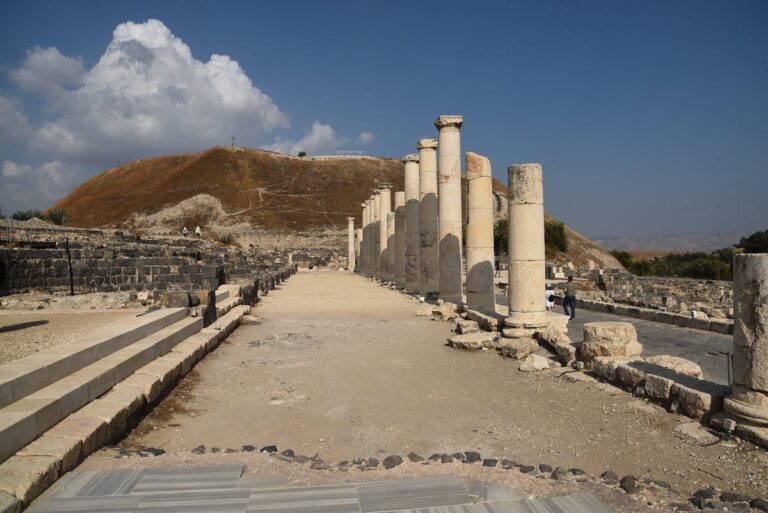Umm Qays: An Archaeological Site in Jordan Reflecting Ancient and Ottoman Heritage
Visitor Information
Google Rating: 4.5
Popularity: Medium
Google Maps: View on Google Maps
Official Website: international.visitjordan.com
Country: Jordan
Civilization: Byzantine, Early Islamic, Greek, Roman
Remains: City
History
Umm Qays is an archaeological site located in the municipality of Umm Qais in the modern country of Jordan, originally established by the ancient civilization of Gadara. The city’s origins trace back to antiquity, with layers of cultural and political shifts reflecting its long history.
During the Hellenistic period, Gadara emerged as a significant center, exemplified by the artistic and architectural developments that occurred there. The city later experienced Roman influence, under which it continued to flourish as an urban hub. Over subsequent centuries, the site saw sustained occupation through the Islamic period, displaying a continuity of settlement and cultural transformation.
In the Ottoman era, the location retained importance, as reflected by the construction of a traditional Arabian house in the 1860s on the Acropolis of ancient Gadara. This residence became closely associated with the Ottoman official Musa Malkawi and was later named the “House of Rousan,” after its owning family, the Faleh Falah al-Rousan. The house illustrates the ongoing human presence and administrative relevance of the site well into the modern era.
By the late 20th century, efforts were made to preserve Umm Qays’s rich heritage. The residence was restored in 1990 through a collaboration between Jordanian and German institutions, converting the historic house into a museum dedicated to exhibiting artifacts from the surrounding archaeological area. This marked a new chapter in the site’s history, focused on conservation and cultural education.
Remains
The archaeological remains at Umm Qays are situated primarily around the Acropolis, showcasing a blend of structures that provide insight into its long history. The central feature is the traditional Arabian house built during the Ottoman period, reflecting 19th-century residential architecture with multiple gathering spaces known as diwans and rooms arranged around an open courtyard. This structure, restored to maintain its historic character, now functions as the museum building.
Within the museum, a variety of artifacts uncovered from the Umm Qais site offer a window into ancient artistic and religious practices. Decorative mosaics, coins, and pottery spanning several cultural phases—from the Hellenistic through to Islamic times—demonstrate the area’s diverse heritage. One notable piece is a white marble mask representing Dionysius, the ancient Greek god associated with wine and festivity.
Sculptural remains include statues of classical deities such as Zeus, Sator, and Artemis. Among these is a limestone statue carved from yellowish-white stone depicting a snake, as well as a white marble figure of Hermes Arbach mounted on a pedestal, indicating the presence of Greco-Roman religious iconography at the site. Further examples include Egyptian statues made of limestone and basalt, highlighting cross-cultural connections.
A basalt tombstone inscribed with the name of the poet Eribuis underscores the site’s historical depth, linking it to individuals of cultural significance. Additionally, small pottery jars discovered in tombs at the site reveal details about burial customs and everyday domestic use in earlier periods.
Together, the remains at Umm Qays reflect a complex stratigraphy of human occupation, offering tangible evidence of the city’s evolution through multiple civilizations. The preservation of these features within the museum helps to safeguard the material legacy of this important archaeological landmark.
